TAKING AEROSPACE AND CLIMATE RESEARCH
TO THE STRATOSPHERE
OUR MISSION
Innovation.
These waves play a primary role in creating the ozone hole, distributing pollutants around the globe, and mixing the stratosphere in ways that impact global weather. Our research is allowing scientists to better understand the dynamics of climate change.
Science
Our current goal is to reach 90,000 feet and become the highest-flying wing-born aircraft in human history, all in a zero-emissions research plane that doesn’t pollute the atmosphere.
Inspiration.
JOIN US IN OUR MISSION.
EINAR’S LEGACY
While doing high-altitude test flying for the DLR (German Space Agency) Einar saw a Lidar image of stratospheric waves at the edge of space. He imagined that with a properly designed glider he could fly at sustained altitudes higher than the highest-flying jets. A dream was born to explore the edge of space – with no engine.
OUR TEAM
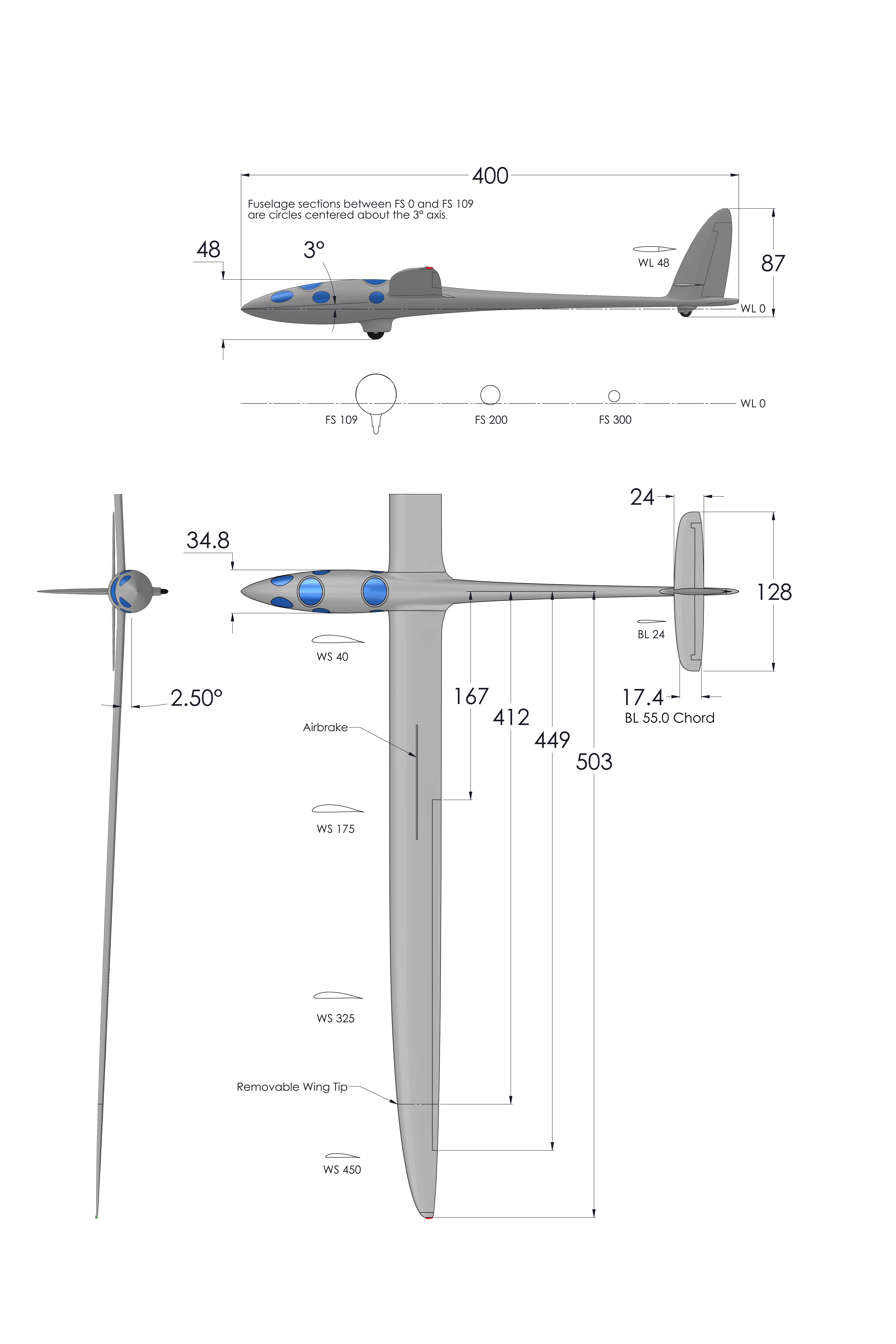
Aircraft + Systems
Life support: At 90,000 feet, where the atmospheric pressure is only 2% of sea level pressure, the pilots do not need to wear pressure suits because the cabin is sealed at low attitude and kept pressurized at 8.5 PSI (14,000-foot cabin altitude). The cabin contains normal air while the pilots breath pure oxygen. The life support system utilizes a rebreather system to prevent the waste of oxygen.
Safety: The Perlan 2 has a BRS parachute for emergency descent and a drogue chute on the tail for stability and speed control in case of an upset.
Science: The Perlan 2 has a science bay designed to carry scientific instruments to the edge of space. It is equipped with high-definition cameras and a real-time satellite communications system that allows scientific data to be shared world-wide in real time.
PERLAN 2 SPECIFICATIONS
Crew: 2
Cabin Pressure: 8.5 PSI (14,000-foot pressure altitude)
Empty Weight: 1500 lbs.
Gross Weight: 2,000 lbs.
Wingspan: 84 ft
Wing Area: 263 sq ft
Aspect Ratio: 27
Wing Incidence: 1.5 °
Horiz. Tail Incidence: -0.5 °
SCIENCE IN THE STRATOSPHERE
SCIENCE AT THE EDGE OF SPACE
The stratosphere got its name because it was originally thought that it had no vertical air movement. It was believed that it was an atmospheric region that was flat and stratified. Einar Enevoldson, a NASA Test Pilot, saw evidence that during the winter near the poles, giant waves formed in the “stratosphere” strong enough to reach the edge of space. He calculated that a properly designed sailplane could soar these waves. In 1998 Dr. Elizabeth Austin joined Einar to look at the mechanics of stratospheric waves, how they form. They learned that the winter Polar Vortex, and the stratospheric polar night jet, provided the energy that propagated these waves to incredible heights. The Perlan Project was formed to explore these waves and soar them to the edge of space.
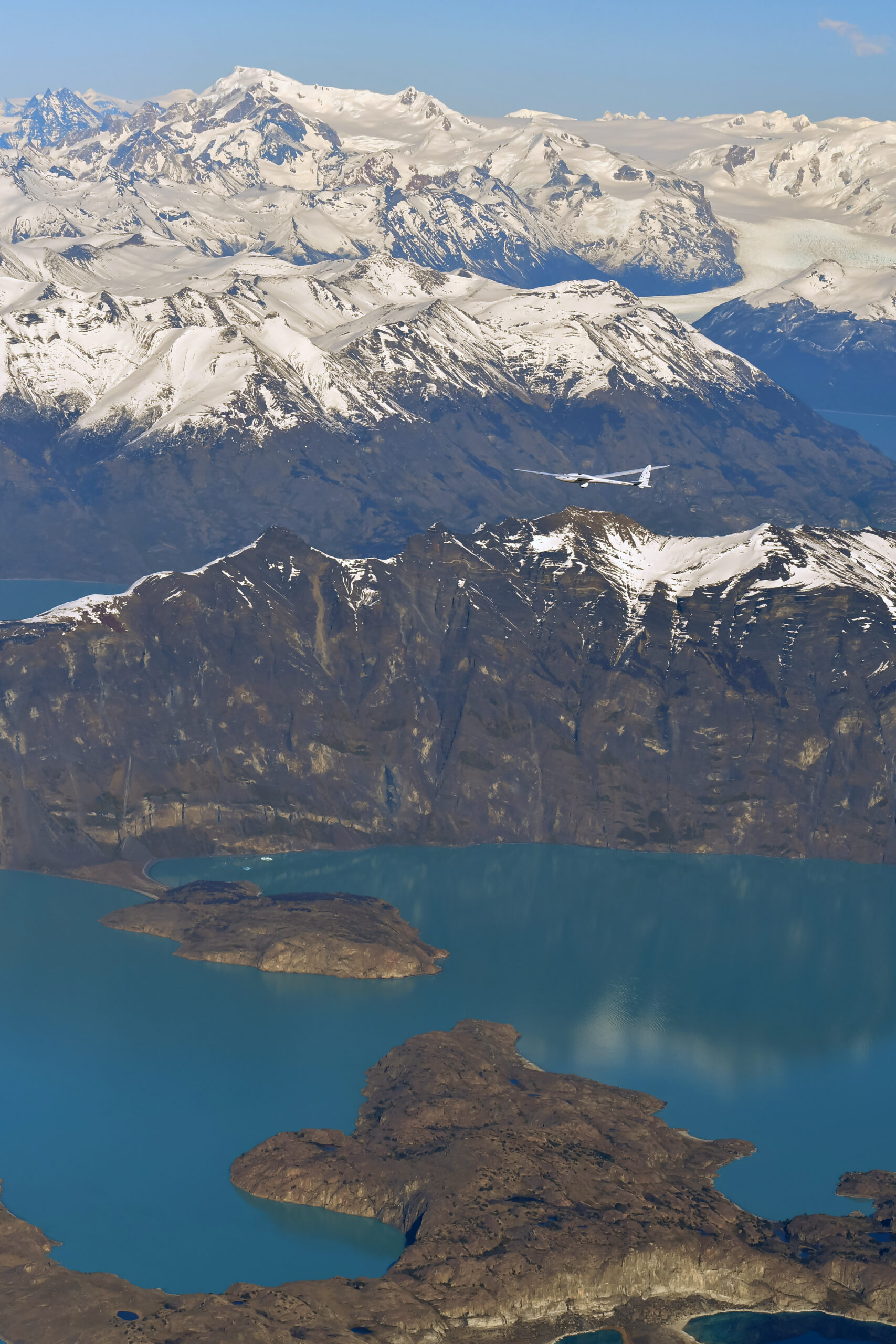


Research how stratospheric waves impact our planet: Our scientists predict, model, and explore how stratospheric waves impact global weather. The waves we soar occasionally become so energetic they “break” and mix the atmosphere to a degree that impacts global weather modules. Better predictions of breaking waves will make global weather models more accurate. The Perlan Project documented a sudden stratospheric event in 2019 that preceded shifts in weather patterns that ushered in an early and severe fire season in Australia. It is becoming increasingly important for scientists to be able to detect and predict events in which stratospheric waves play a role.
Aviation efficiency and safety: Our research is showing that if approached properly, it is possible for commercial aircraft to use these invisible waves advantageously to reduce fuel consumption creating cost savings while reducing pollution. But if these invisible atmospheric waves are encountered at high speed at the wrong angle, passengers and crew can be injured and aircraft structures over stressed and damaged.
Space weather’s impact on avionics systems: While flying in the ozone hole the Perlan 2 carries instruments to measure radiation from outer space. This radiation has been known to interfere with critical electronics systems aboard aircraft. Our research is aimed at providing scientists and engineers with the data they need to design more robust airborne systems.
These questions and a thousand more await those who can explore the atmosphere at the edge of space.
HISTORY OF THE PERLAN PROJECT
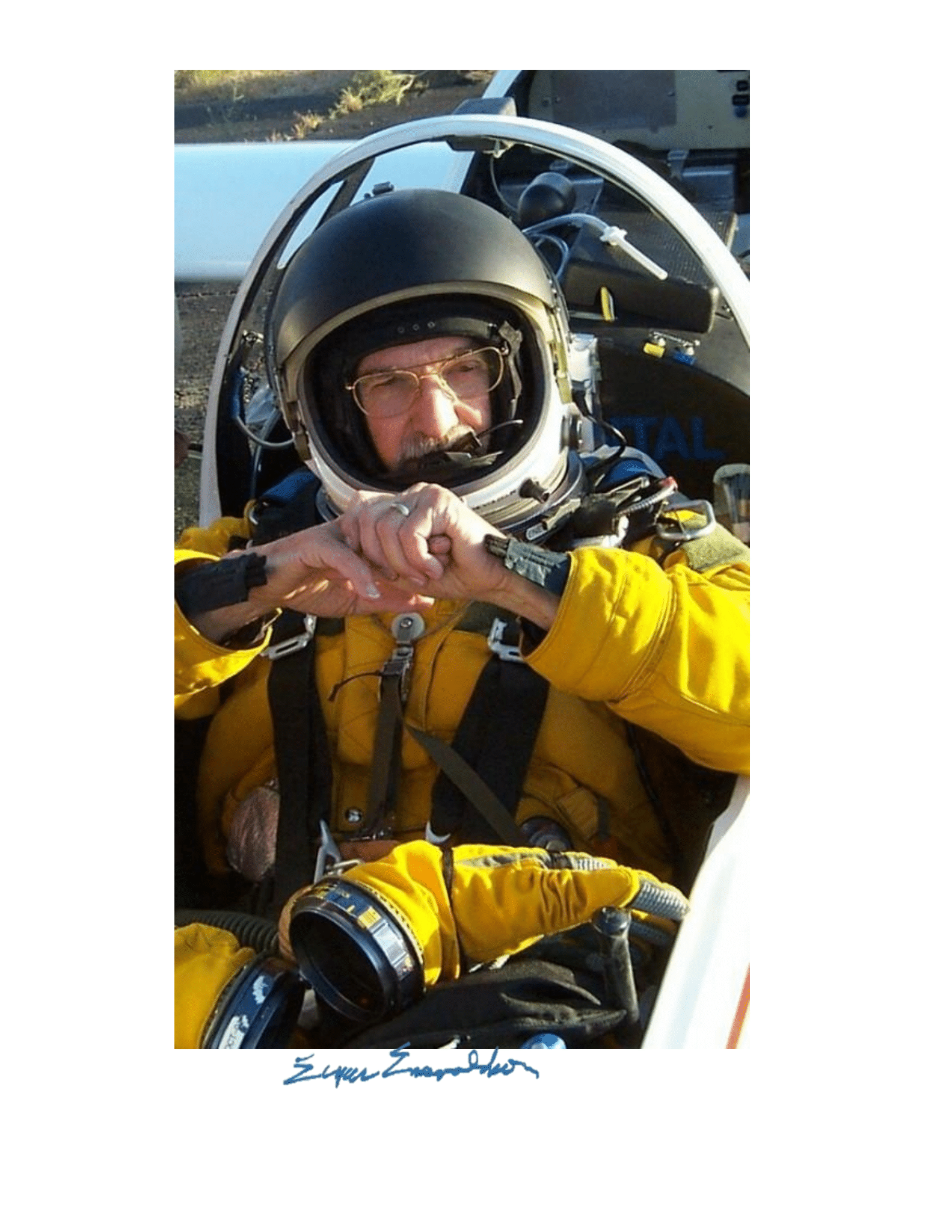
The Beginning
Einar was both a jet pilot and a glider pilot. As a young man he participated as part of an international team in the Sierra Project that did the first scientific exploration of mountain waves. As a fighter pilot and test pilot he flew sophisticated aircraft on high altitude test flights.
While a student at UCLA Einar Enevoldson participated with a team exploring the Sierra Wave. He noticed anomalies in time-lapse photos that indicated strange disturbances in the stratosphere at extreme altitudes. This launched his life-long curiosity to unravel the mysteries of the stratosphere at the edge of space.
While doing high-altitude test flying for the DLR (German Space Agency) Einar saw a Lidar image of stratospheric waves at the edge of space. Einar’s unique experience as a high-altitude test pilot and glider pilot allowed Einar to see the possibility that a glider could fly at sustained altitudes higher than the highest-flying jets. He calculated that with a properly designed glider he could surpass the wing-borne altitudes of all other aircrafts. A dream was born to explore the edge of space with no engine – higher than the SR-71 had been able to achieve with engines powerful enough to propel the Queen Mary ocean liner.

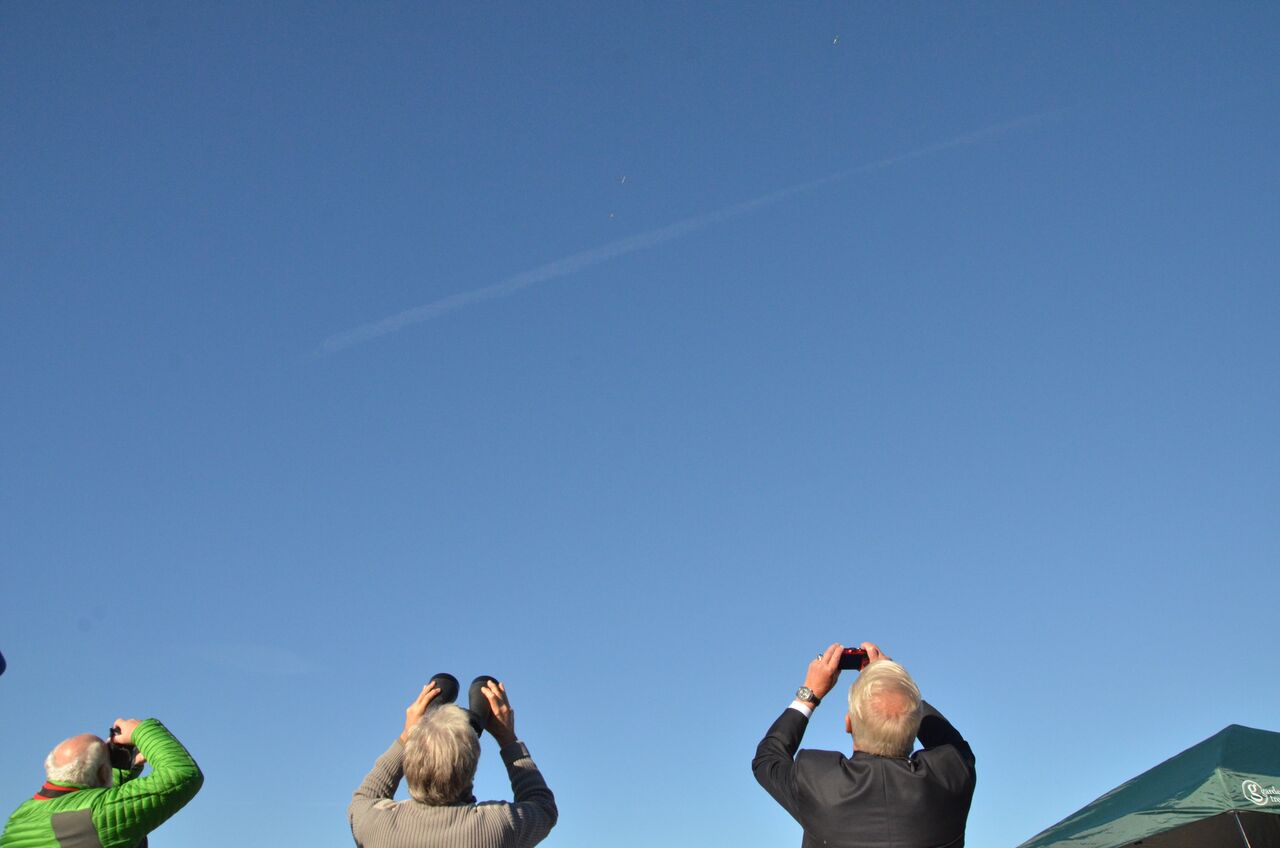
The technique of riding stratospheric waves to unprecedented altitudes was demonstrated in 2006 when Einar and Steve Fossett, using pressure suits borrowed from NASA, flew a modified DG505m glider called the Perlan 1 to a new glider altitude record of 50,727 feet over the Southern Andes Mountains.
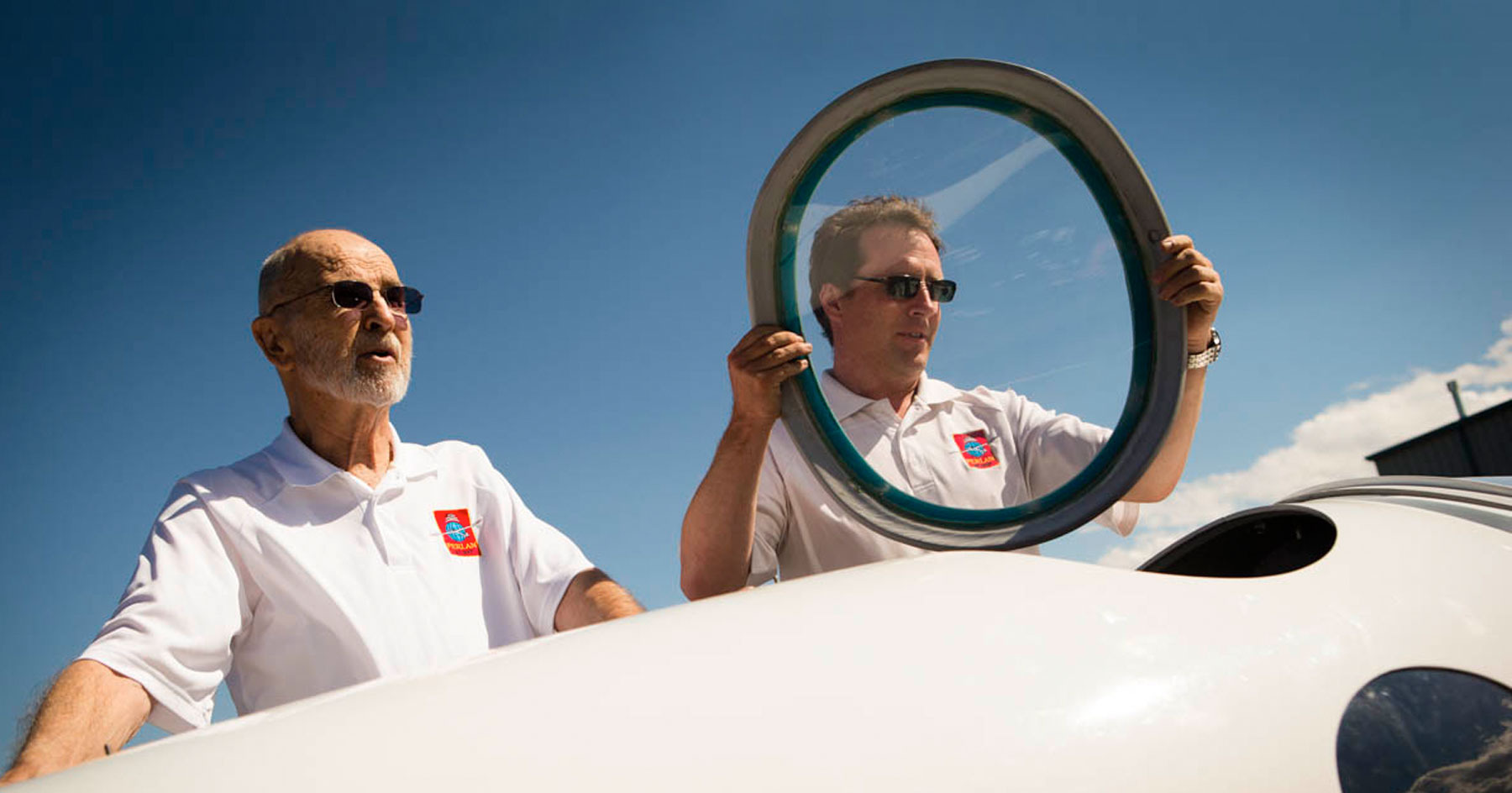

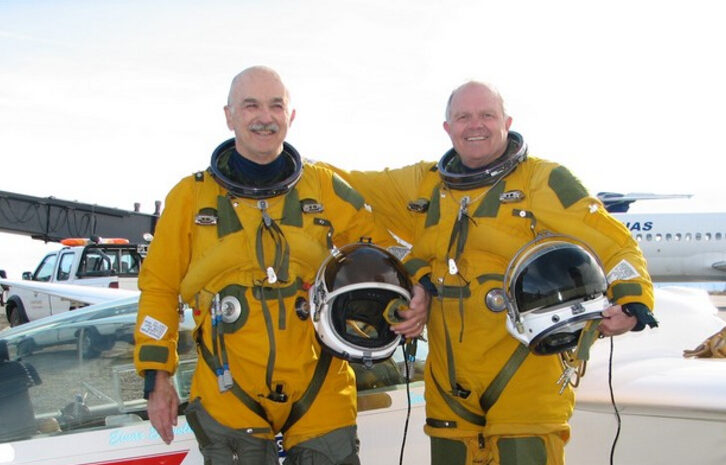
Perlan 1
2002-2006: Flight campaigns in New Zealand and Argentina where Steve Fossett, Einar Enevoldson, Dr. Elizabeth Austin, and others attempted to prove that extraordinary altitudes could be achieved by harnessing the power of stratospheric waves. They soared a DG505m glider to a new record altitude for gliders of 50,761 feet in the mountain waves at El Calafate, Argentina on August 30, 2006. Steve and Einar began planning to build a space craft with glider wings designed to soar to the edge of space at 90,000 feet. Before construction could begin, however, Steve passed away.
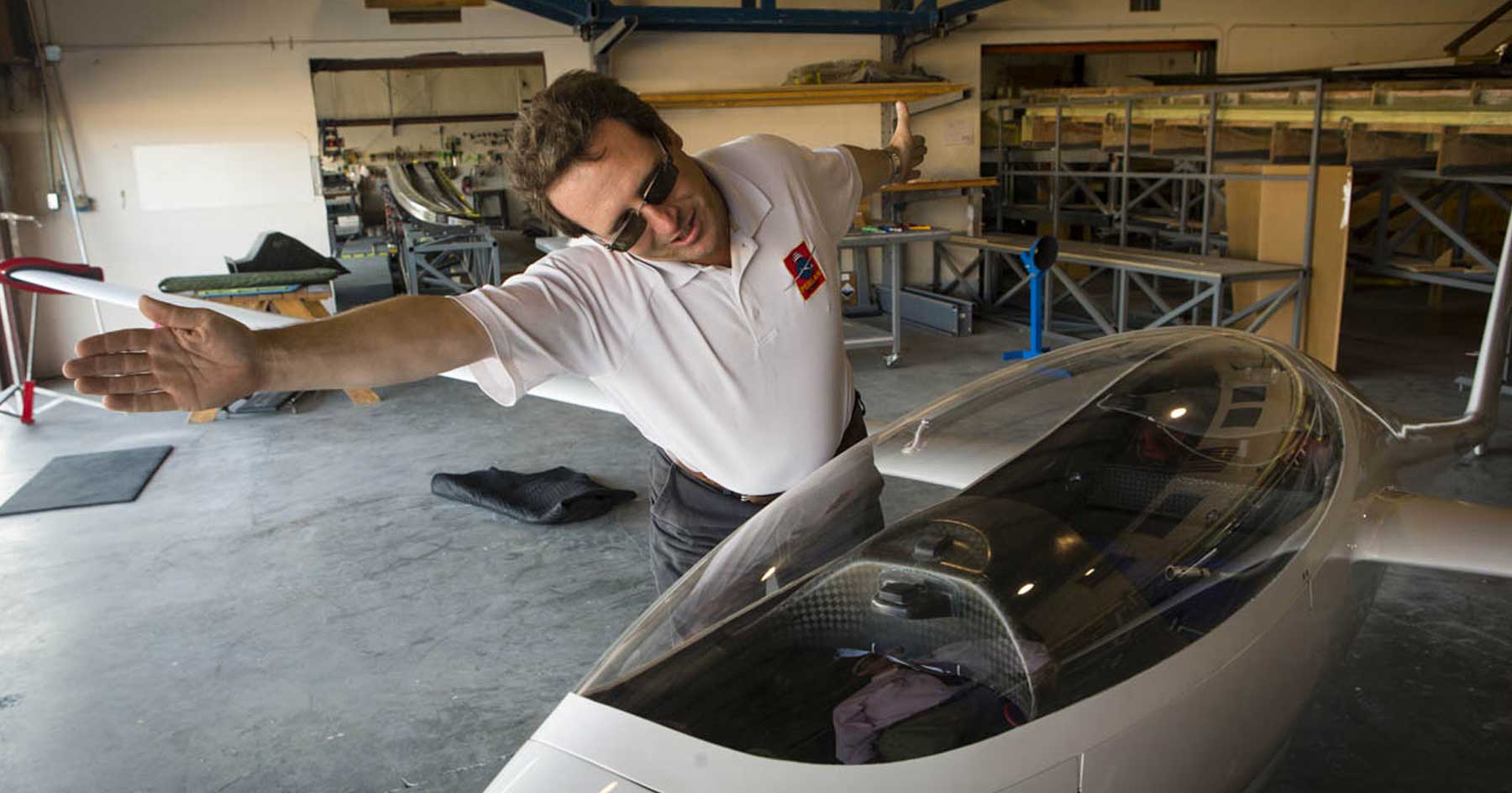
Perlan 2
2010: Perlan incorporates as a 501(c)3 not-for-profit. Dennis Tito, the first person to pay his own way to the ISS, joined the team and funded the completion of the design and fabrication of all of the airframe and wing components.
2014: Airbus joined the project as the title sponsor.
2015: First flight of the Perlan 2.

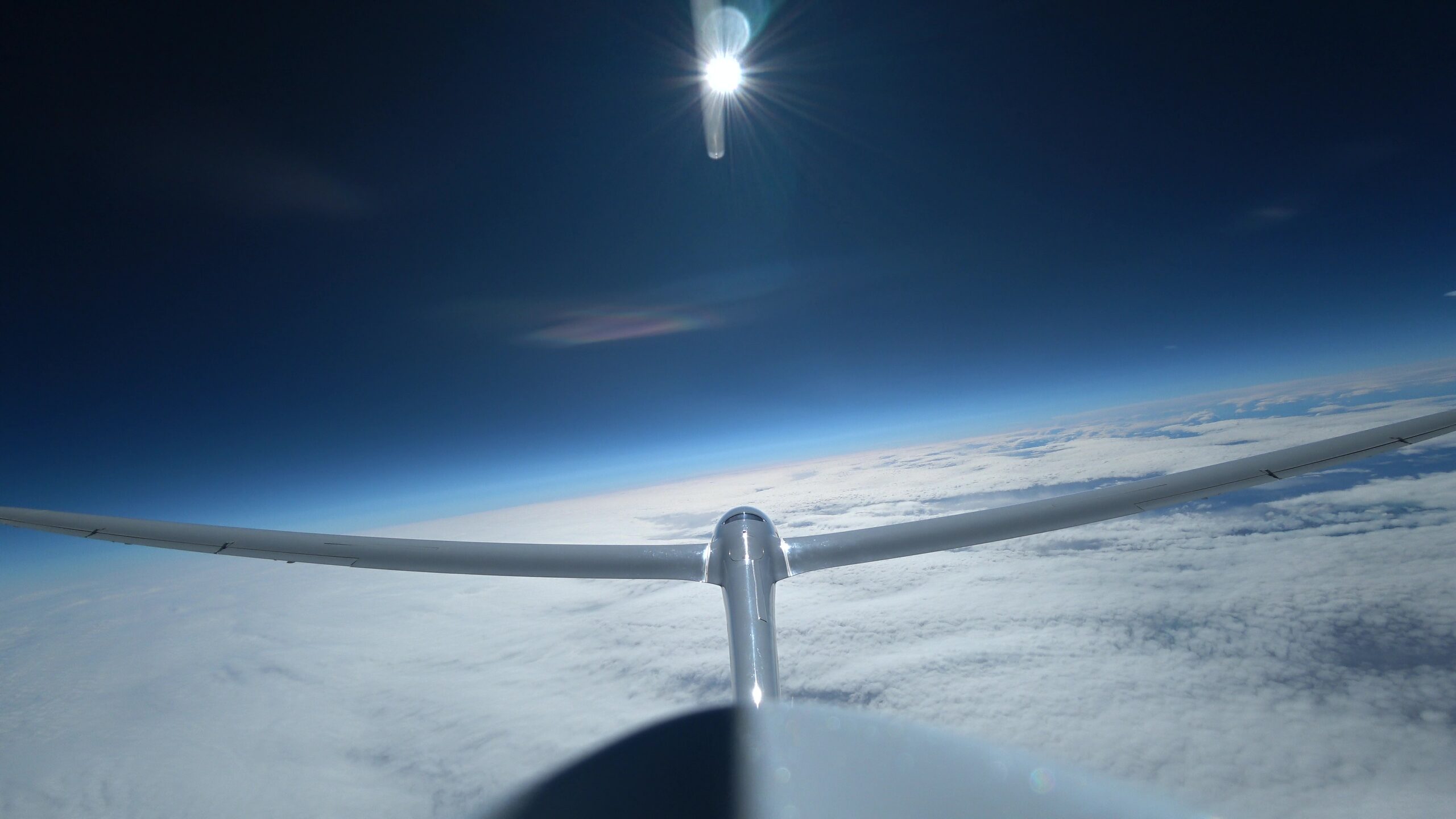
2017: September 3, world altitude record for gliders, 52,172 feet (pressure altitude).
2018: Three world records:
61,882 ft (pressure alt.), world record for gliders, August 26.
65,605 ft (pressure alt.), world record for gliders, August 28.
76,124 ft (pressure alt.), world record for any subsonic, wing borne human flight, September 2.
2010: Perlan incorporates as a 501(c)3 not-for-profit. Dennis Tito, the first person to pay his own way to the ISS, joined the team and funded the completion of the design and fabrication of all of the airframe and wing components.
2014: Airbus joined the project as the title sponsor.
2015: First flight of the Perlan 2.
2016: First expedition to El Calafate, Argentina in search of extreme stratospheric waves.
2017: September 3, world altitude record for gliders, 52,172 feet (pressure altitude).
2018: Three world records:
61,882 ft (pressure alt.), world record for gliders, August 26.
65,605 ft (pressure alt.), world record for gliders, August 28.
76,124 ft (pressure alt.), world record for any subsonic, wing borne human flight, September 2.

